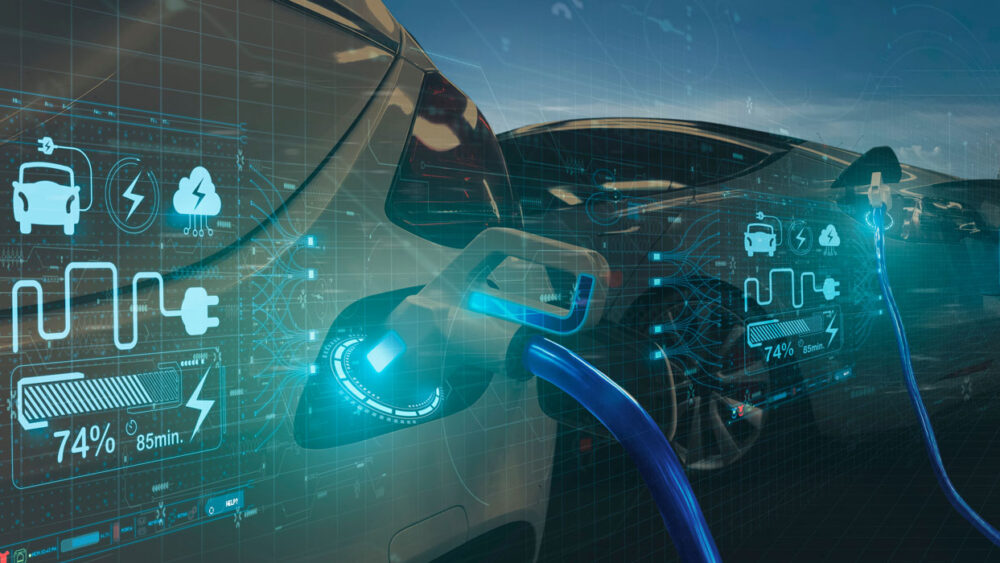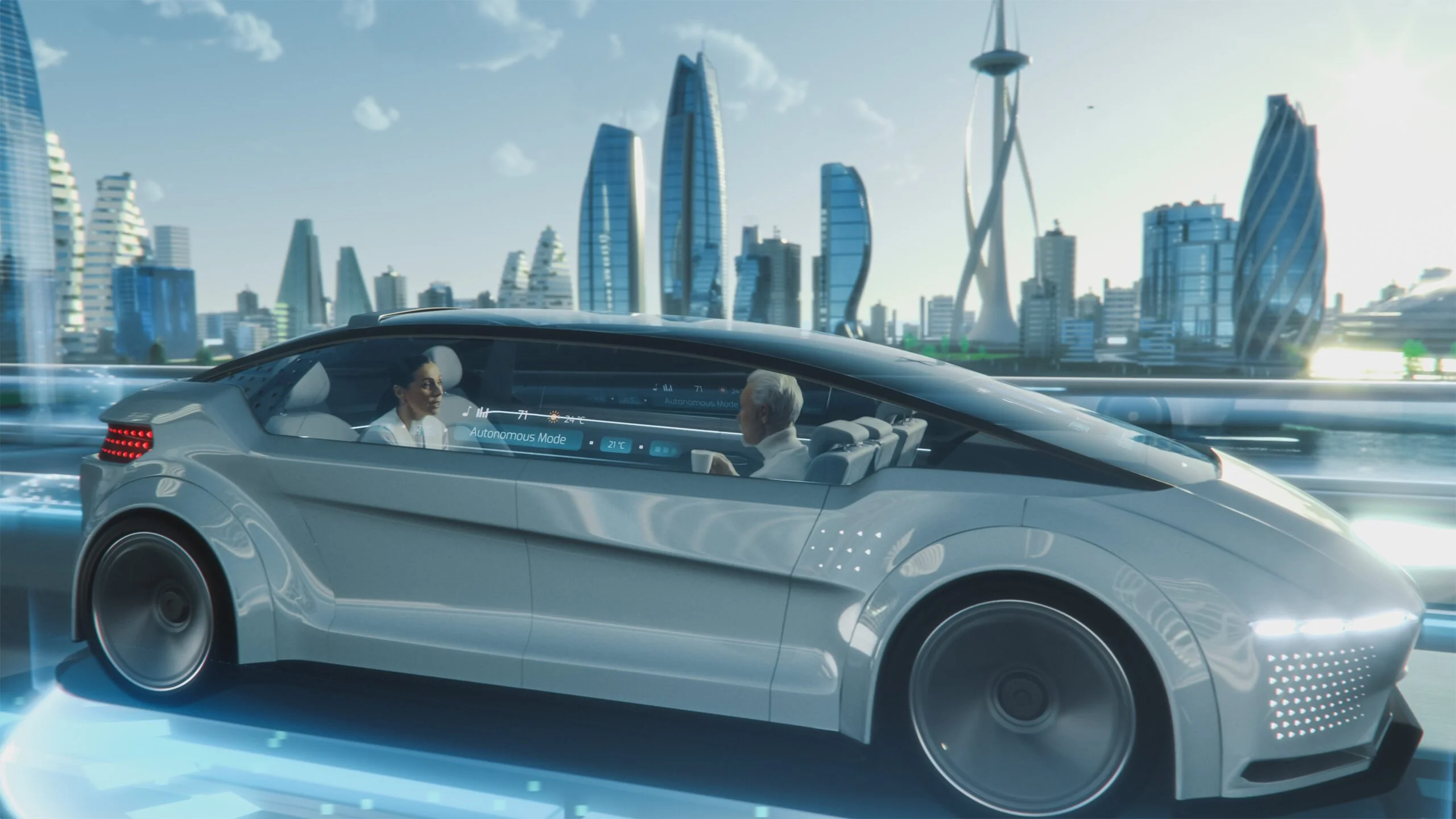As more people turn their attention to eco-friendly transportation, the debate between electric vehicles (EVs) and gas-powered cars continues to gain momentum. With rising fuel costs, environmental concerns, and advancements in automotive technology, drivers in states like California, Texas, and Florida are increasingly weighing the pros and cons of both options. Each of these states has its own unique climate, driving conditions, and regulations that can influence the decision to choose an electric or gas car. In this article, we will compare electric and gas cars to help drivers in these three states make an informed decision about which option best suits their needs.
1. Environmental Impact: The Green Factor
When it comes to environmental concerns, electric vehicles (EVs) take the lead over traditional gas-powered cars. EVs produce zero emissions, making them a cleaner choice for drivers looking to reduce their carbon footprint. In contrast, gas cars release harmful pollutants into the atmosphere, contributing to air pollution and climate change.

For California drivers, the state’s commitment to reducing greenhouse gas emissions is a significant factor in choosing an EV. California has set ambitious goals to combat climate change, including incentives for EV buyers and a plan to transition to 100% zero-emission vehicles by 2035. In Florida and Texas, while there is less emphasis on strict environmental policies, the growing awareness of climate change is still influencing the shift toward electric vehicles.
2. Cost of Ownership: Long-Term Savings vs. Initial Investment
One of the most significant factors influencing a car buyer’s decision is the cost of ownership. Gas-powered cars tend to have a lower initial purchase price, making them more affordable upfront. However, the long-term costs of owning a gas car can add up quickly. Fuel expenses, maintenance, and repair costs for gas cars are higher compared to electric cars.
Electric vehicles, while typically more expensive to purchase initially, offer significant savings over time. The cost to charge an EV is typically much lower than refueling a gas-powered car. Additionally, electric vehicles have fewer moving parts, meaning they require less maintenance. This is particularly beneficial for drivers in Texas and Florida, where long-distance driving is common. For drivers in California, where state incentives and rebates can reduce the initial cost of purchasing an EV, the long-term savings are even more attractive.
3. Range and Charging Infrastructure: What’s Practical for Long-Distance Driving?
Range anxiety, or the fear of running out of power while driving an electric vehicle, has been a common concern for many potential EV owners. However, with advancements in battery technology, modern electric cars now offer a range that’s suitable for most daily driving needs. In states like California, where urban driving is prevalent, range is less of a concern, especially with the expansion of public charging stations.
In Texas and Florida, however, the vast distances between cities and rural areas can present challenges for EV drivers. While EV infrastructure is growing, charging stations are still less abundant in rural regions. This makes it important for drivers in these states to consider the availability of charging options before switching to an electric vehicle. Gas-powered cars, on the other hand, can refuel at nearly any gas station, making them a more convenient option for long-distance travelers.
4. Maintenance Costs: EVs vs. Gas Cars Over Time
When it comes to maintenance costs, electric cars offer significant savings compared to traditional gas vehicles. Electric vehicles have fewer mechanical components, which translates to lower maintenance requirements. For example, EVs don’t require oil changes, and they have fewer moving parts in their engines. This can save drivers in California, Texas, and Florida a significant amount of money over the lifespan of the vehicle.
In contrast, gas-powered vehicles require regular maintenance, including oil changes, transmission repairs, and exhaust system work. In regions with extreme weather conditions like Texas and Florida, the wear and tear on gas engines can be more significant, leading to higher maintenance costs. Additionally, gas engines tend to be more prone to issues over time, which can be costly to fix.
5. Incentives and Rebates: California Leads the Charge
For drivers looking to save on their new vehicle, both California and Florida offer various incentives for purchasing electric vehicles. California, being one of the leaders in the green movement, offers a range of state incentives for EV buyers, including tax rebates, HOV lane access, and additional federal incentives. These programs can significantly reduce the upfront cost of an electric car, making it a more appealing choice for drivers in the state.
In Texas, there are fewer state-level incentives for electric vehicles, but the federal government still offers a tax credit of up to $7,500 for qualifying EVs. Florida also has some incentives in place, though they are less robust than California’s. While the incentives may not be as extensive in Texas and Florida, the long-term cost savings associated with EVs still make them an attractive option for drivers.
6. Weather Conditions: Impact on Performance
The climate in California, Texas, and Florida plays a significant role in the performance of electric and gas-powered cars. For instance, extreme heat in Texas and Florida can negatively affect the range and battery life of electric vehicles. High temperatures can cause EV batteries to degrade faster, leading to reduced driving range over time. This is less of an issue in California’s more moderate climate, where the battery’s lifespan can be better preserved.
Gas-powered cars are generally less affected by extreme temperatures, as their internal combustion engines operate independently of the external environment. However, they may still experience some reduction in fuel efficiency during extreme heat or cold, but this is less noticeable compared to the potential range issues with electric vehicles.
7. Future Trends: The Shift Toward EVs
As electric vehicles continue to gain popularity, it’s clear that the future of the automotive industry is shifting toward greener alternatives. In California, the state’s push for EV adoption is well-established, with electric cars expected to dominate the roads in the coming decades. The demand for gas-powered cars is declining, and more automakers are shifting their focus to electric vehicles.

In Texas and Florida, the transition to electric vehicles is also picking up momentum, with more people considering EVs as viable alternatives to gas cars. As charging infrastructure improves and EV options become more affordable, it’s expected that these states will see an increase in electric vehicle adoption in the coming years.
Conclusion: Making the Right Choice for You
The decision between an electric vehicle and a gas-powered car ultimately depends on your individual needs and driving habits. For residents of California, the state’s strong environmental incentives and focus on green energy make EVs an excellent choice. In Texas and Florida, the decision is more complex, with factors like range, charging infrastructure, and climate playing a significant role in the decision-making process.
While electric vehicles offer numerous advantages, including lower long-term costs, fewer emissions, and less maintenance, gas-powered cars continue to be a practical option for those who need to drive long distances regularly or live in areas with limited charging stations. Ultimately, the best choice for you will depend on your driving preferences, budget, and the availability of charging infrastructure in your area.
Key Takeaways:
- Electric cars are eco-friendly and offer lower long-term costs but may face challenges with range and charging infrastructure in certain regions.
- Gas-powered cars are still more convenient for long-distance driving, with widespread refueling options.
- California offers the best incentives for electric vehicles, while Texas and Florida are catching up with growing EV infrastructure.
- Climate conditions in Texas and Florida can affect the performance and range of electric cars.
- Consider your personal driving habits and local infrastructure when deciding between an EV and a gas-powered car.
By considering these factors, you can make an informed decision and choose the car that best meets your needs.

Leave a Reply